Industrial Rigging: Communication, Collaboration, and Trust
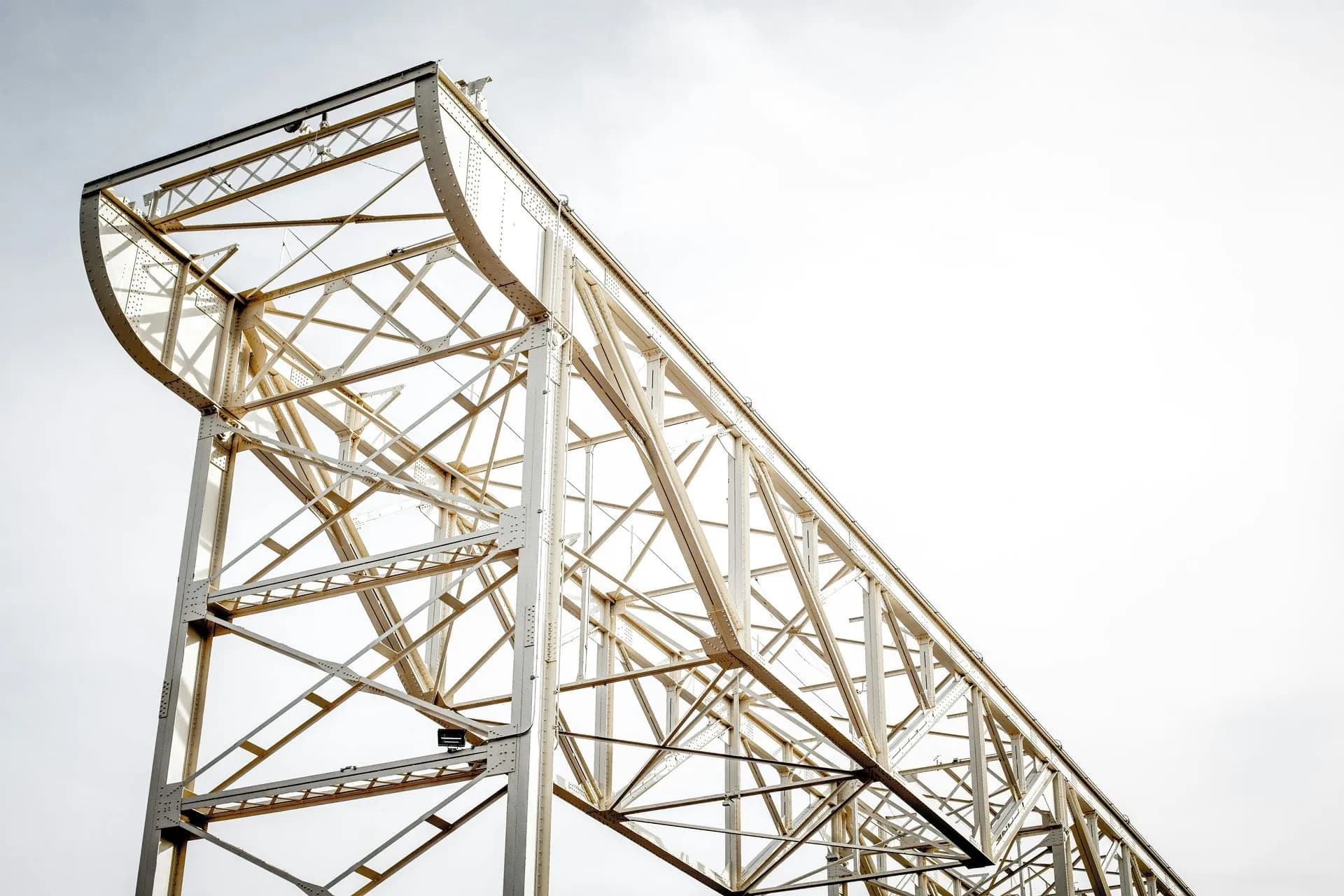
Industrial rigging is a sophisticated dance of machinery and manpower, where the harmonious trio of communication, collaboration, and trust takes center stage. This blog post explores the nuanced significance of these elements in industrial rigging, underscoring their pivotal role in ensuring safety, efficiency, and overall project success.
Navigating Dynamics:
Industrial rigging entails the strategic movement of substantial loads using specialized equipment. To embark on this complex journey, engineers, riggers, and operators must collectively grasp the intricacies of the loads being lifted, the machinery employed, and the unique environmental challenges. This foundational understanding forms the basis for a successful rigging endeavor.
Precision in Communication:
Communication is the linchpin of successful industrial rigging operations. A well-executed lift demands clear and concise communication between engineers, riggers, and operators. This ensures a shared comprehension of the lift plan, safety protocols, and potential obstacles. Regular briefings, toolbox talks, and open lines of communication foster a cohesive environment, minimizing the likelihood of misunderstandings and enhancing overall safety.
Synergistic Planning:
Collaborative planning is the heartbeat of industrial rigging. Engineers contribute their technical acumen to design a robust lift plan, while riggers provide hands-on insights to ensure its practicality. The synergy between these disciplines results in a comprehensive plan that optimizes safety and productivity. Regular collaborative sessions and brainstorming foster a culture where diverse perspectives contribute to well-rounded solutions.
Trust as the Keystone:
Trust serves as the foundation upon which successful rigging operations are built. Rigging teams must trust the engineering plans, and operators must have confidence in the riggers’ expertise during execution. This mutual trust creates a seamless workflow where each team member plays a vital role and is secure in the capabilities of their counterparts. Upholding trust requires transparency, reliability, and a shared commitment to accountability.
Adaptability and Responsiveness:
The dynamic nature of industrial rigging demands adaptability. Unforeseen challenges can surface, requiring the team to adjust swiftly. Open communication channels facilitate real-time modifications to the plan, ensuring that unexpected hurdles are surmounted with minimal disruption. A proactive mindset and flexibility contribute to a resilient and efficient rigging operation.
Continuous Improvement Culture:
Collaboration extends beyond the immediate lift to embrace a culture of continuous improvement. Regular debriefings and post-lift assessments provide invaluable insights. Sharing experiences, dissecting challenges, and implementing lessons learned contribute to the ongoing refinement of rigging processes, fostering a culture of perpetual enhancement.
In the intricate dance of industrial rigging, triumph is not a solo performance but a symphony of collaboration, communication, and trust. Nurturing robust connections among engineers, riggers, and operators transforms the rigging process into a safer, more efficient endeavor—a testament to the potency of teamwork in conquering formidable challenges.
Newsletter
Don't miss a thing!
Sign up to receive daily news
Recent Posts
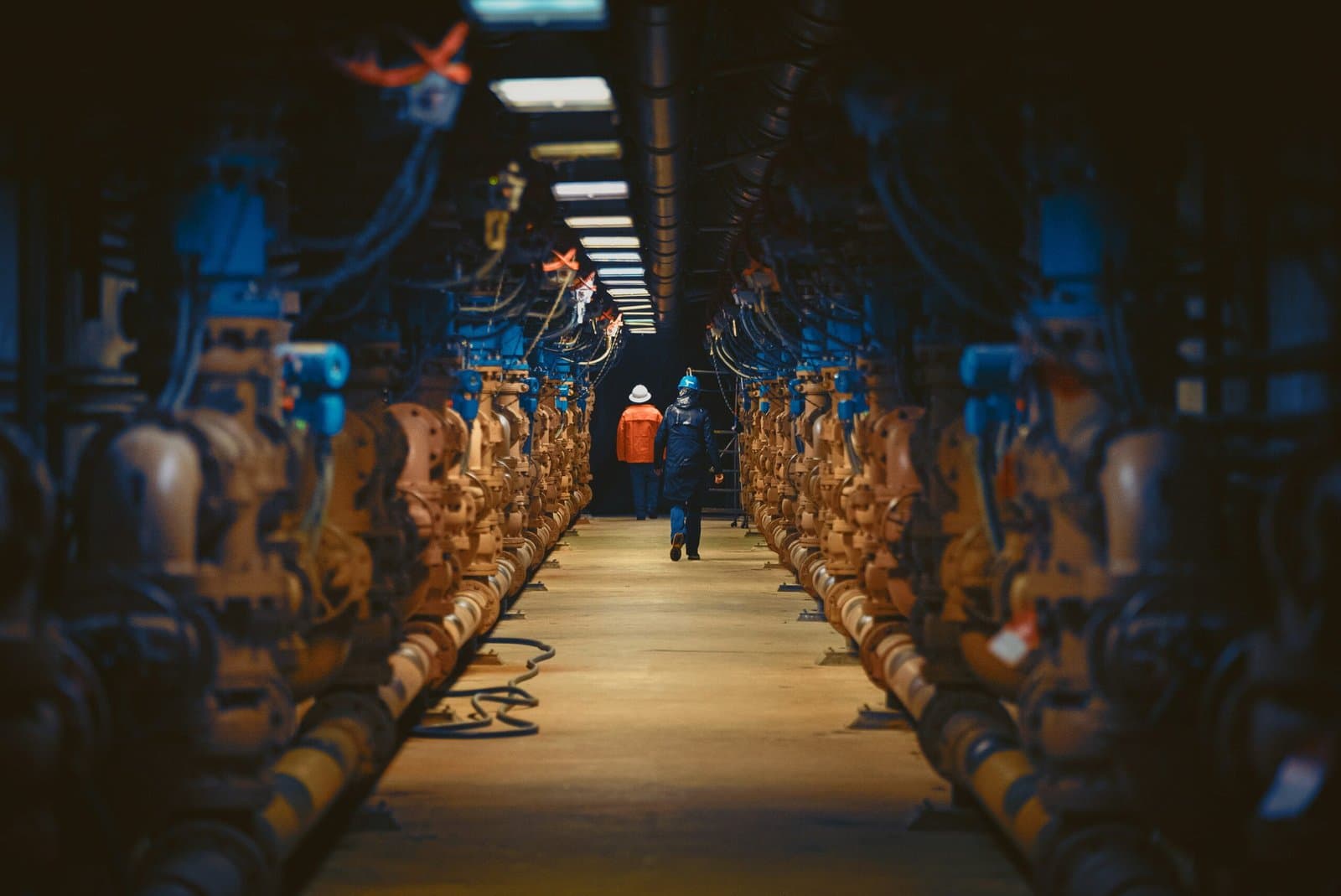
august 30, 2025
Decommissioning a Facility: How to Turn It into a Profitable Venture
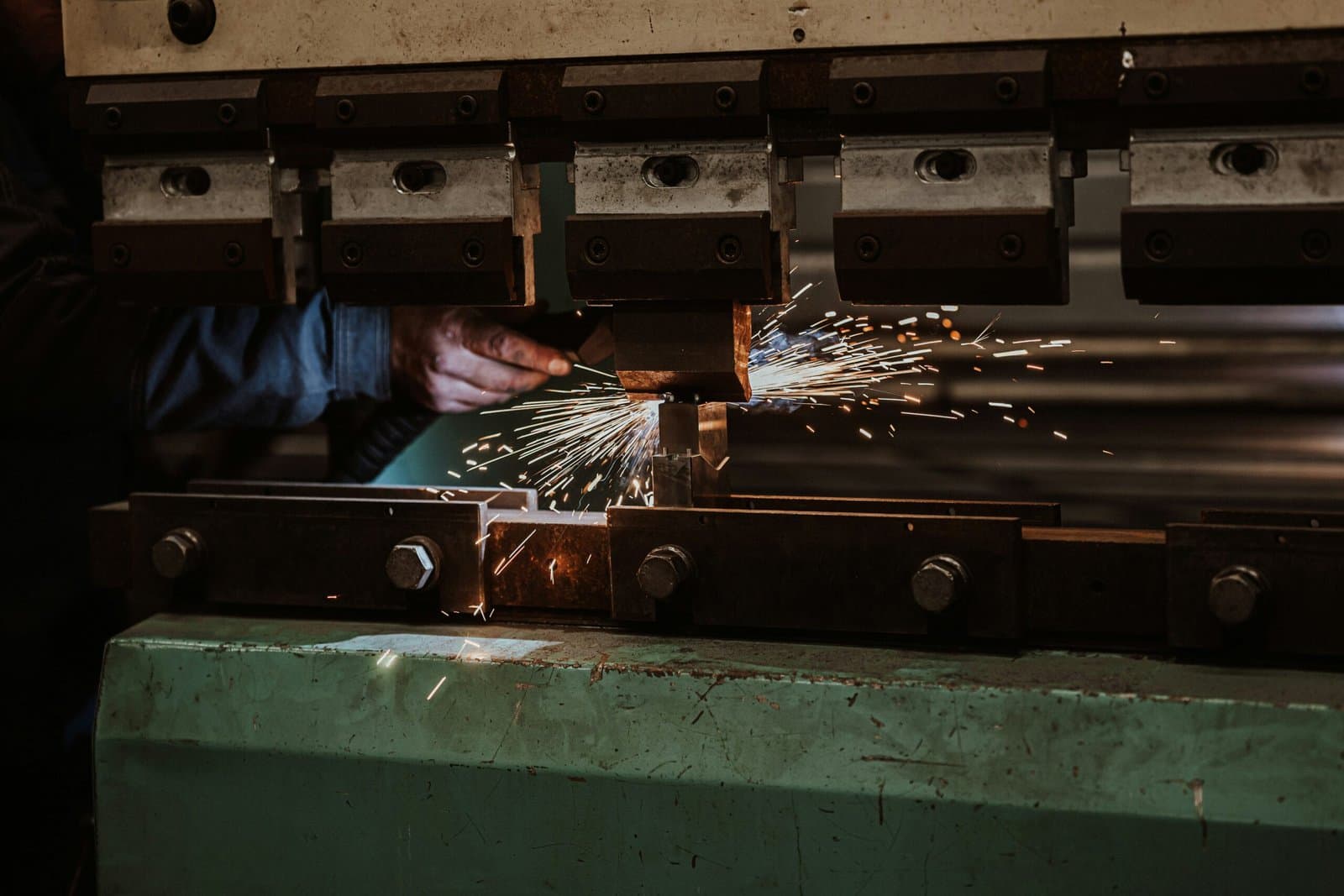
august 25, 2025
Hydraulic Press Maintenance 101
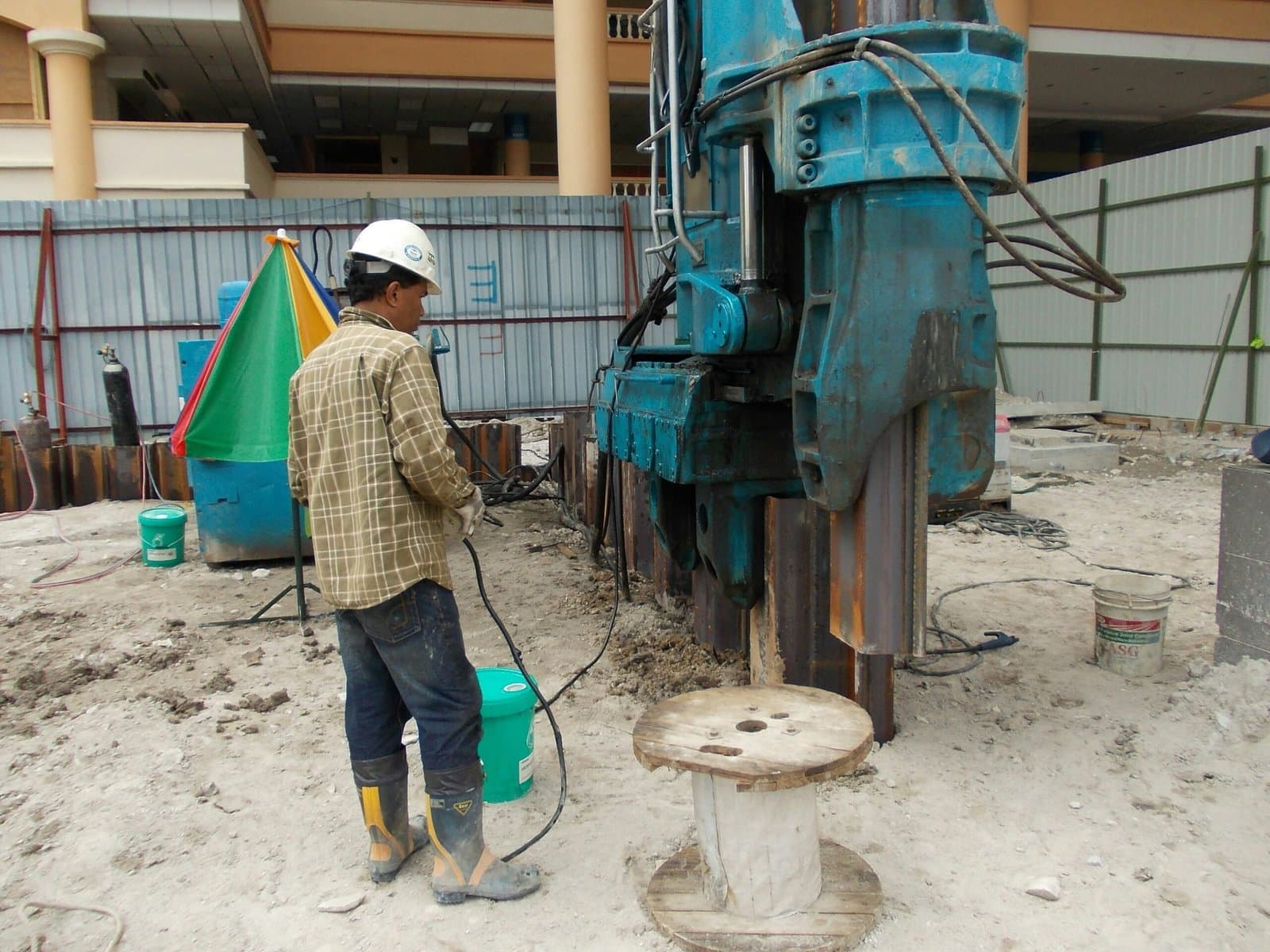
august 18, 2025
Rigging Machinery: The Challenge of Moving and Installing Outdated vs. Modern Equipment
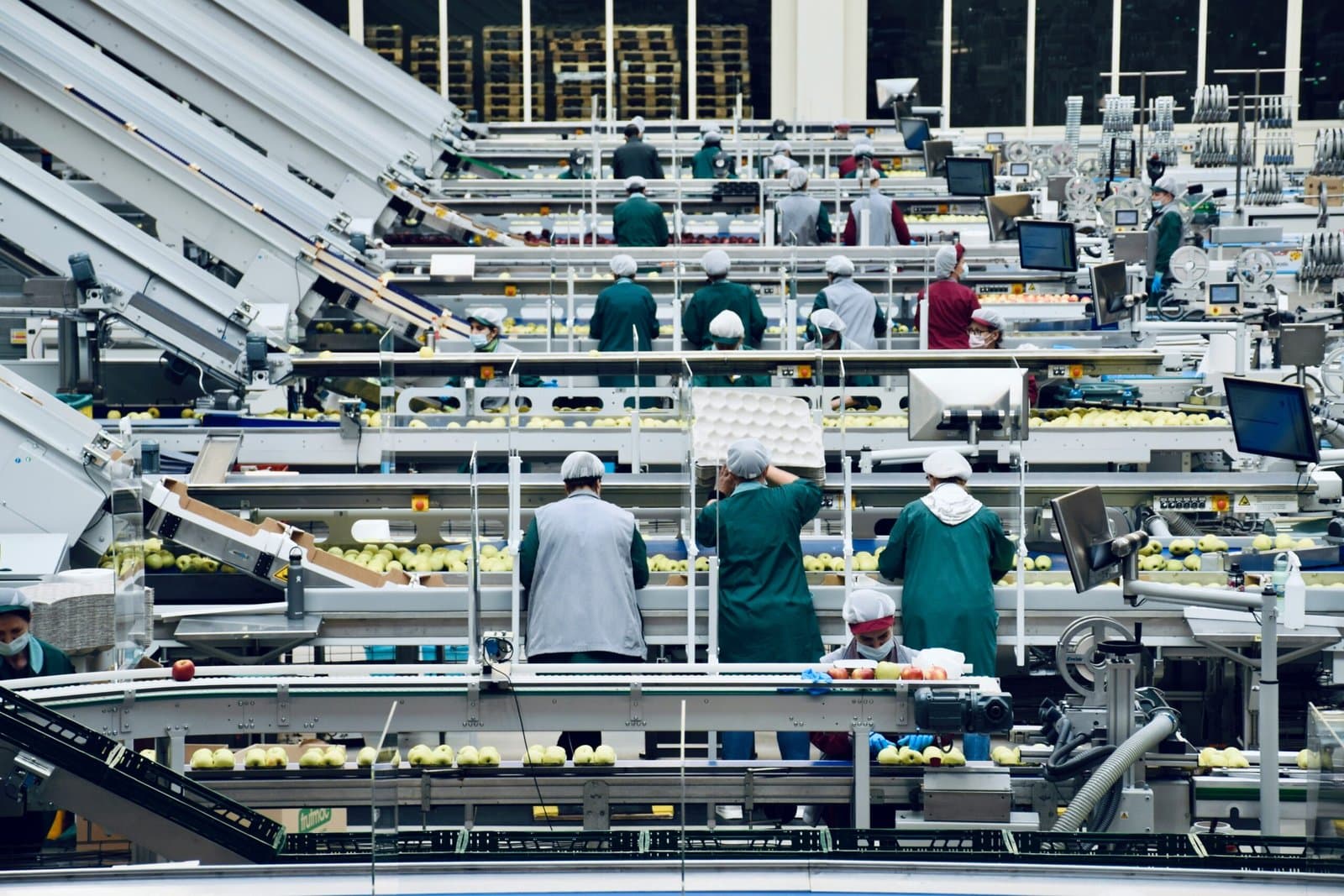
august 16, 2025
Conveyor System Maintenance: 5 Early Warning Signs of Failure
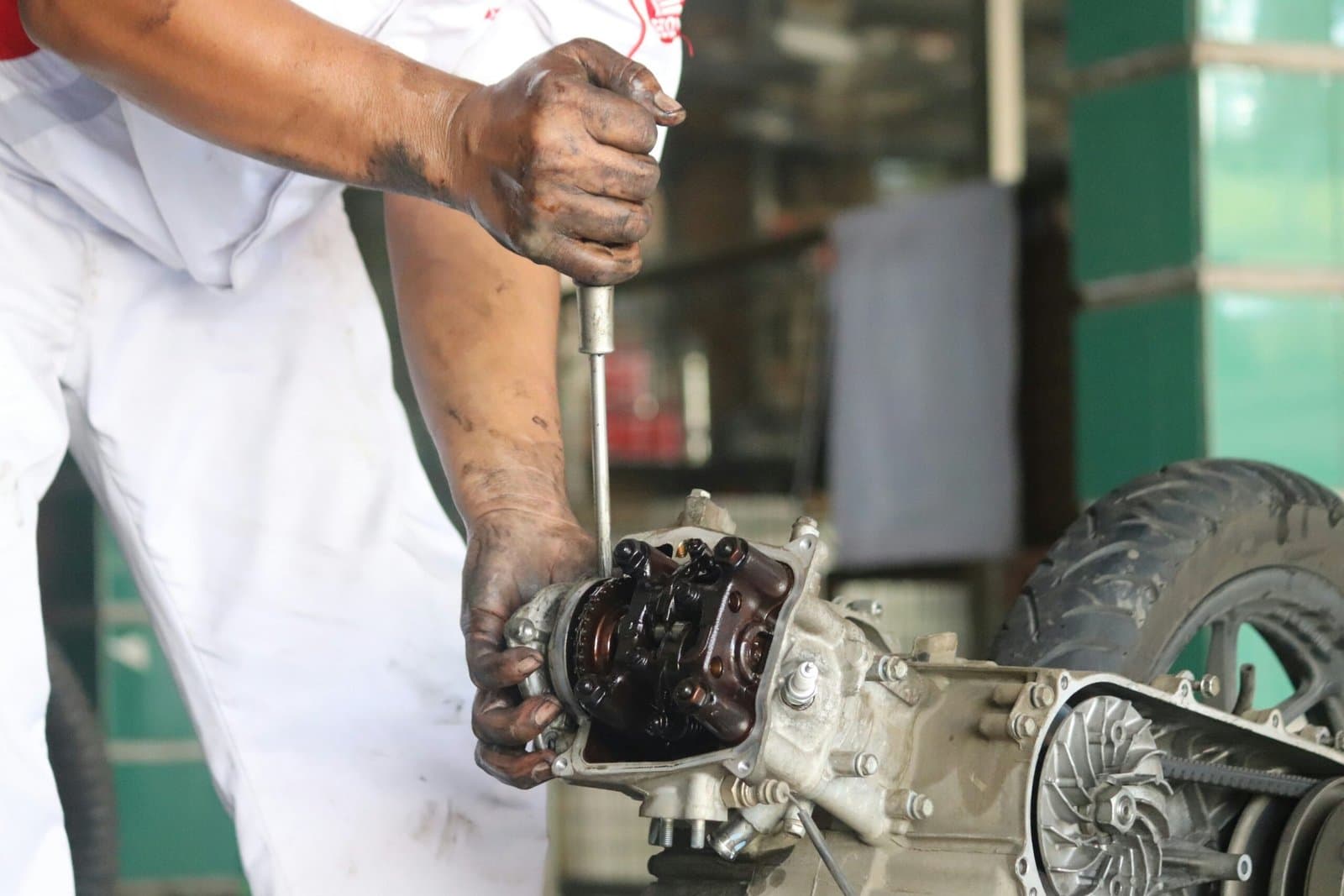
august 14, 2025
Predictive Maintenance: The Smarter Alternative to Costly Reactive Repairs
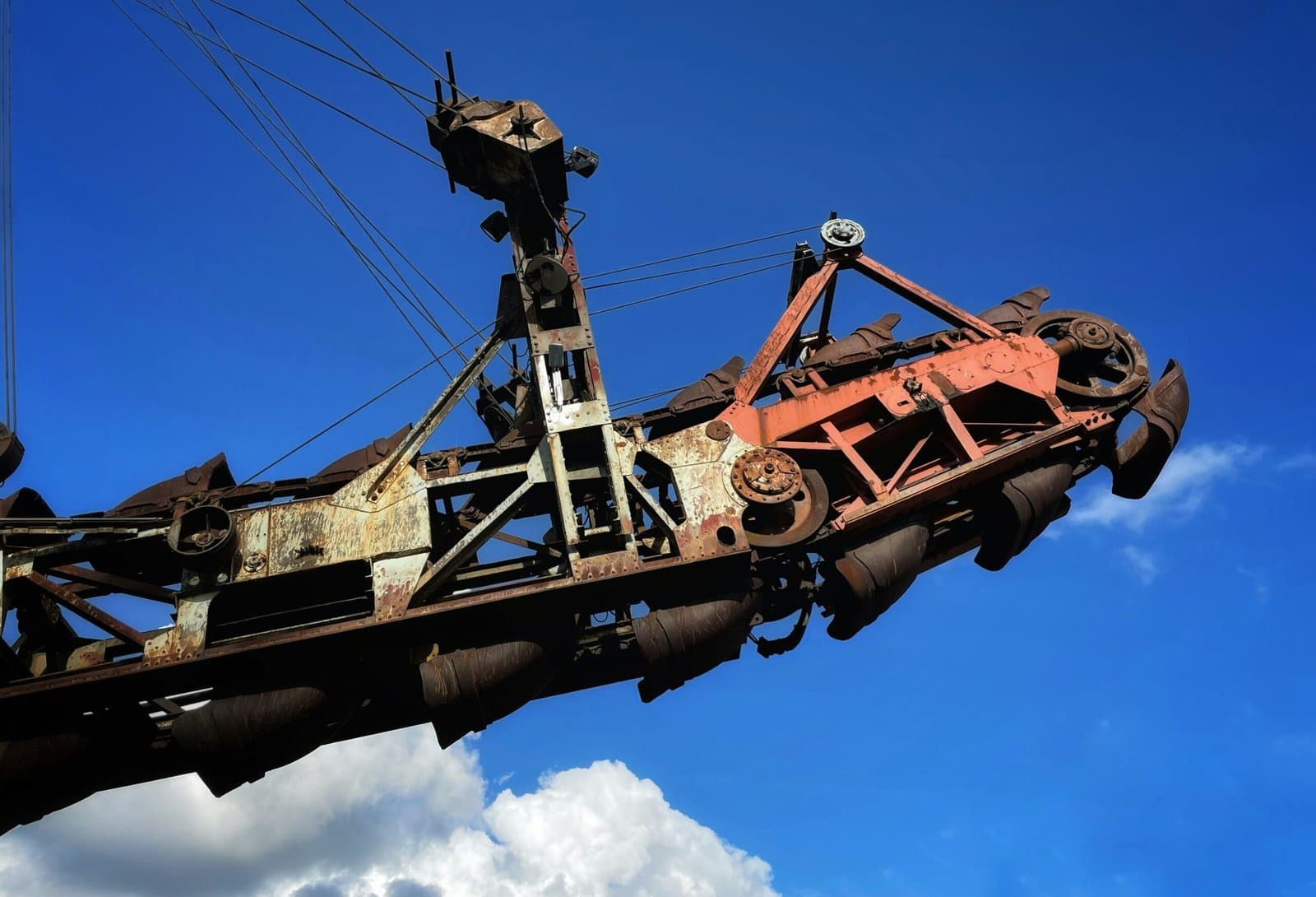
august 11, 2025